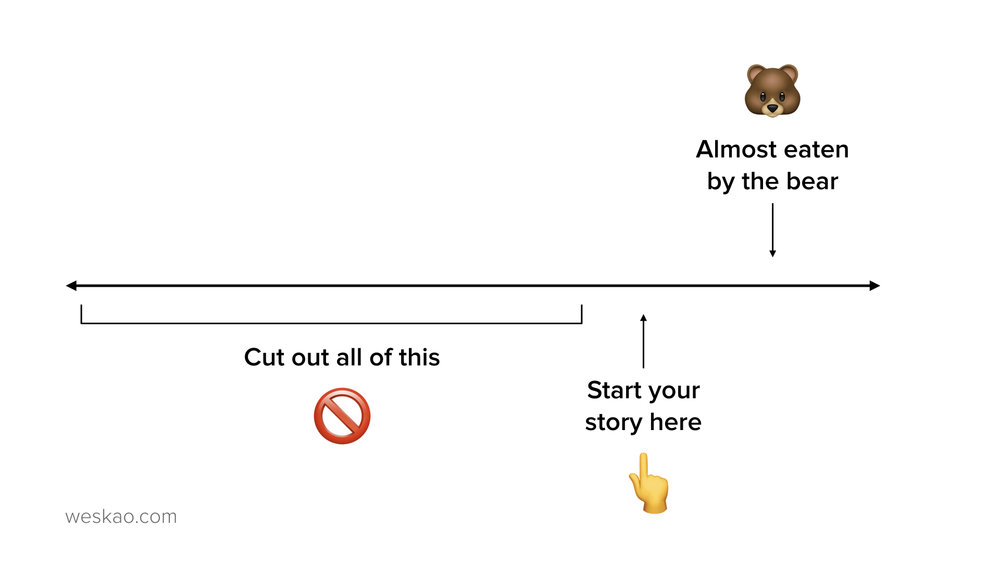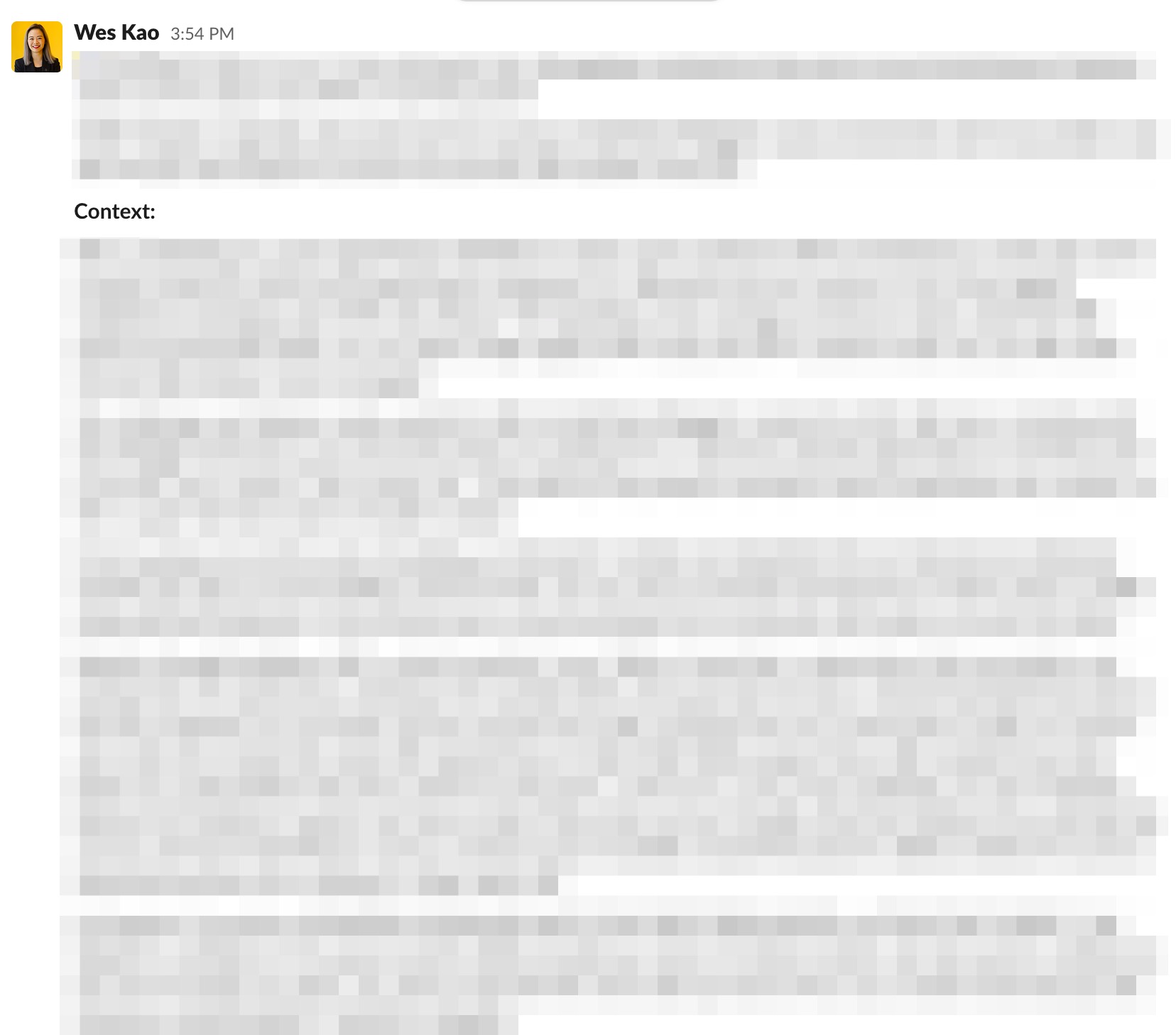Thread
Most people assume backstory is necessary for high-impact communication.
This is wrong and wastes everyone’s time.
A framework for higher ROI communication:
This is wrong and wastes everyone’s time.
A framework for higher ROI communication:
We've all been there.
Long-winded, stream of conscious, meandering explanations—all in the name of "giving context."
I've been guilty of it myself.
Long-winded, stream of conscious, meandering explanations—all in the name of "giving context."
I've been guilty of it myself.
Backstory can easily take up the majority of an intro call. I've been on 30-minute calls where 25 minutes was backstory. 😅
Be mindful of what I call backstory scope creep.
It’s a losing situation for everyone:
Be mindful of what I call backstory scope creep.
It’s a losing situation for everyone:
As the speaker, it means less time for you to receive advice/feedback. Also less time to talk about the topic you actually wanted to spend time on.
As the listener, you zone out and get lost in irrelevant details.
So how do you avoid this?
As the listener, you zone out and get lost in irrelevant details.
So how do you avoid this?
By aiming for the Minimum Viable Backstory.
First, ask yourself:
What’s the minimum backstory necessary to set the context, so we can spend time on the juicy stuff?
First, ask yourself:
What’s the minimum backstory necessary to set the context, so we can spend time on the juicy stuff?
You’ll have to fight your urge to over-explain.
You may think they need to know all the details upfront...
They don’t.
You’d be surprised how little backstory is needed to dive in.
Plus you can always add relevant information later.
You may think they need to know all the details upfront...
They don’t.
You’d be surprised how little backstory is needed to dive in.
Plus you can always add relevant information later.
This applies to storytelling too.
For example, I can tell you about how I went camping:
Three months ago, I started looking at national parks...
I researched car rentals.
Purchased outerwear.
Drove 5 hours to the park.
Set up our tent.
For example, I can tell you about how I went camping:
Three months ago, I started looking at national parks...
I researched car rentals.
Purchased outerwear.
Drove 5 hours to the park.
Set up our tent.
Finally, 30 minutes into the story, I say:
“And on day five, Steve left beef jerky out in his tent.
And the next thing we know, we’re almost getting mauled by a bear.”
WHAT?? 🤯
“And on day five, Steve left beef jerky out in his tent.
And the next thing we know, we’re almost getting mauled by a bear.”
WHAT?? 🤯
The backstory crept in & buried the lede.
To fix this: Start your story right before you get eaten by the bear.
This applies to Q&A, pitches, team meetings, and sales conversations.
People want to hear the juicy part.
To fix this: Start your story right before you get eaten by the bear.
This applies to Q&A, pitches, team meetings, and sales conversations.
People want to hear the juicy part.
How does this apply to daily communication--like Slack?
Put the key point at the top, then more context beneath.
Here’s what it would look like:
2-3 sentences with the main point of your message.
Context:
4-5 paragraphs to share your thought process, rationale, risks, etc.
Put the key point at the top, then more context beneath.
Here’s what it would look like:
2-3 sentences with the main point of your message.
Context:
4-5 paragraphs to share your thought process, rationale, risks, etc.
To be clear, context is important.
Non-essential backstory is different from useful context though.
If you have important context, include it.
But challenge yourself and ask whether the context is actually important--or if it’s a tangential side note and rabbit hole.
Non-essential backstory is different from useful context though.
If you have important context, include it.
But challenge yourself and ask whether the context is actually important--or if it’s a tangential side note and rabbit hole.
To deliver higher ROI communication, cut the backstory.
And when you think there’s nothing left to cut... cut some more.
It will feel painful but you’ll be surprised how much more efficient and impactful your words become.
And when you think there’s nothing left to cut... cut some more.
It will feel painful but you’ll be surprised how much more efficient and impactful your words become.
If you enjoyed this, I write threads dissecting communication, entrepreneurship, education, and marketing every week.
Follow me @wes_kao to catch them in your feed.
Follow me @wes_kao to catch them in your feed.
I write deep dives on topics like this in my newsletter about 1x/month.
Subscribe below to get new essays in your inbox
www.weskao.com
Subscribe below to get new essays in your inbox
www.weskao.com

